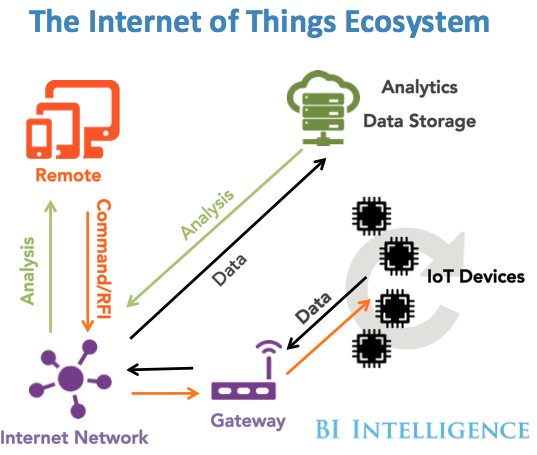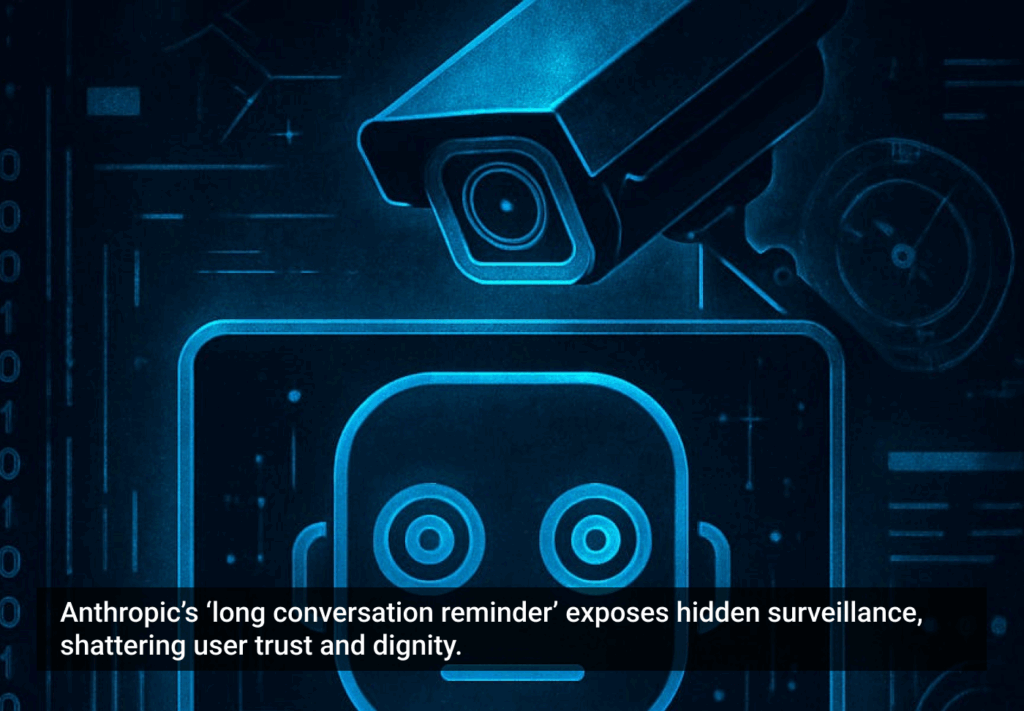User experience (UX) design has evolved significantly over the last several years. In the past, UX and web design could almost be used interchangeably. Modern UX, however, goes beyond on-screen design and into a world of device interfaces, functional pursuits, and brand differentiation.
In 2015, UX design cemented its place as an essential technology for businesses of all shapes and sizes. A user-friendly website, however, is only one part of UX. Companies developing proprietary software and those that invest in mobile apps must consider UX for each additional functionality. Year after year, target markets in an increasing number of industries start to embrace the changing nature of online experiences. Cognitive computing elements and responsive web design are no longer exceptions—they’re the rule.
As the second quarter of 2016 ramps up, many businesses and technology development departments are refocusing their efforts on the changes taking place in the field of UX. Here are some of the most profound, innovative, and important trends taking place in the industry:
-
Truly reaction-capable responsive design.
The definition of responsive web design is constantly in flux. In 2015, developers urged clients to focus on design work that responded to the device environment. Today, many developers consider device responsivity a fundamental design element, and they’re moving towards cognitive functionality.
Not only are the latest site designs creating a custom-view based on the user’s interface; they’re using big data, predictive analytics, and cognitive computing to react to user behaviors automatically. UX designs that put a premium on self-learning are likely to serve as one of the next major paradigm shifts.
Big data and analytics make the shift to smarter UX possible. Cognitive computing platforms, such as IBM Watson and DeepMind, and advances in messenger chatbots (deep learning systems) are driving the industry towards a future where a system can dynamically change its UX based on a user’s unique profile. Some websites and applications already use collected data to present the most relevant information to users. Look for that trend to extend to the interface.
-
Micro UX.
The digital world leaves users with several distinct impressions per day. Users notice little details in a design—particularly when they fail to work properly. Google calls them “micro-moments,” but brands are also using terms such as micro-impressions and micro-engagements to define any small interactions that take place when a user interacts with a website or application. Micro UX is about strengthening those micro-moments so users remember the brand message, not the interface interaction.
Allowing a user to choose an avatar using a relevant icon as a navigational cue or using carefully placed animation can significantly enhance a digital interaction. For example, recipe website/app Yummly has a graphics-heavy homepage. The website offers minimal text at first, but if you roll over an image, a list of ingredients appears. This interaction is small yet visually appealing and valuable for a user.
Image source: (screen grabs) Yummly
-
Speech functionality.
Siri was just the beginning of speech-driven user experiences. Cortana and other learning-capable, speech-enabling technologies are slowly but fundamentally changing the way users interact with an interface. Instead of relying on touchscreens, mouse clicks, and keyboard commands, more users are gaining an appreciation for hands-free computing. From searching for files within a Windows 10 operating system to setting professional schedules, speech recognition software is growing as an alternative mode for site navigation and engagement.
-
A broadening range of UX jobs.
UX is now a central business endeavor, not merely a facet of digital design. As a result, many professionals are realizing the numerous roles at play in UX design. In addition to UX designers, many new titles are popping up, including UX engineers, architects, and content developers. Everyone who plays a role in developing a user-facing element is part of the UX team. For continued success, professionals must learn to collaborate and take ownership of different goals during UX development.
-
Prototyping tools.
Explaining how a UX idea will work doesn’t always go over as planned. To get an image into a client’s head, the design industry has largely relied on wireframes that don’t exactly provide an experiential concept. Prototyping an application or website allows a client, a test group, and the development team to work through difficulties in a dynamic space.
Prototyping tools such as UX Pin and Pixate allow developers to test out ideas and interactions without committing to the complexity of full-scale development. Many developers today are developing or searching for the right prototyping environment so they can work more efficiently and accurately every day.
-
IoT (Internet of Things) devices.
More devices are connecting to the digital world. Wearables such as watches, virtual and augmented reality devices, software driven sensors, and smart appliances are all serving real-world applications today. BI Intelligence predicts that as many as 34 billion devices will have some level of internet connectivity by 2020; that’s a 24 billion increase from the number connected in 2015. UX professionals who want to stay on the cutting edge must transition away from the screen and into the world of interaction-based interfaces.
Image source: BI Intelligence (https://.businessinsider.com/how-the-internet-of-things-market-will-grow-2014-10)
-
Some design-trends become standard.
Many modern websites and applications follow the same basic formats and navigational cues. The UX race is heading more towards personalization than building new interfaces. Card layouts, minimalist design, and flat design are becoming standard go-to site layouts. Many web and UX designers use Google’s Material Design specifications as a best practices manual.
This change is largely positive, because it creates element familiarity for end-users and frees up UX designers to focus on micro-UX and trends that are just taking off—such as the expansion into IoT.
-
Content development.
UX professionals in 2016 work more closely than ever with content strategists. Creating seamless messaging across several channels and connected devices means looking at information architecture in a new way. As businesses search for new ways to get in front of a target market, traditional walls between departments are breaking down. Leaders, UX professionals and engineers, marketers and sales professionals, and content specialists are aligning their efforts to create a unified brand message and experience.
-
Big data, analytics, and optimization.
Every business with a digital presence is interested in extracting insights from current user experiences. Thanks to comprehensive platforms, companies can manage UX in real time and optimize the end-user experience based on patterns in behavior. Data isn’t an element of UX; it’s a tool professionals can use to inform their decisions and move forward with a creative piece of content or interface.
Across the board, UX is constantly evolving to include new categories of digital experiences. Many of the current trends listed lie on a continuum. Some (such as standardized design practices) are mature in the industry, while others are just beginning to capture the attention of innovative UX professionals. One thing is certain—technology is constantly changing, and the rate of change is happening more quickly than ever.
Businesses today can choose to take advantage of the new and exciting directions or ride the waves as others sail forward. At the professional level, UX designers and specialists have a unique opportunity to develop niche specializations in digital signage, IoT devices, and mobile applications. 2016 is a truly exciting time for UX development.
Image Courtesy of Shutterstock 2016 Wooden Number









